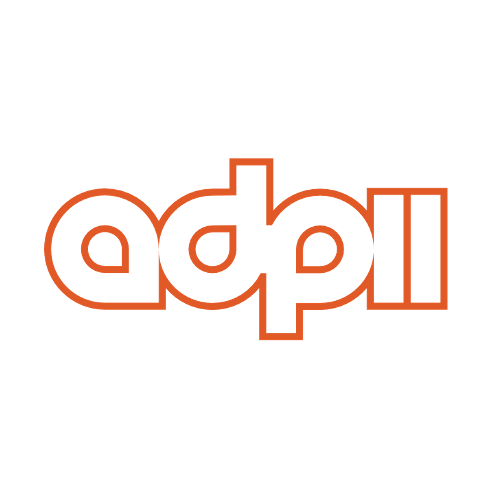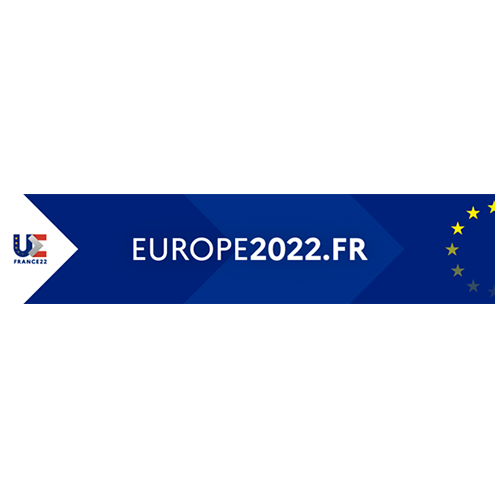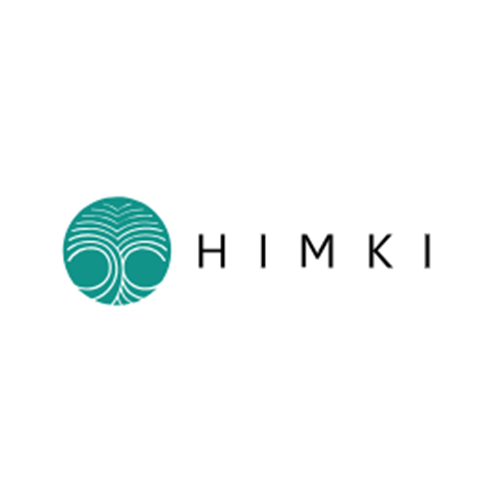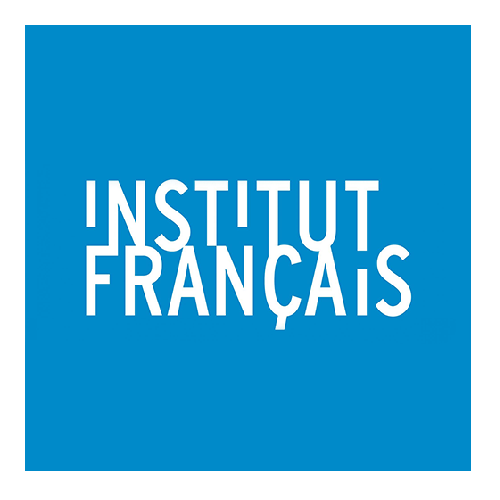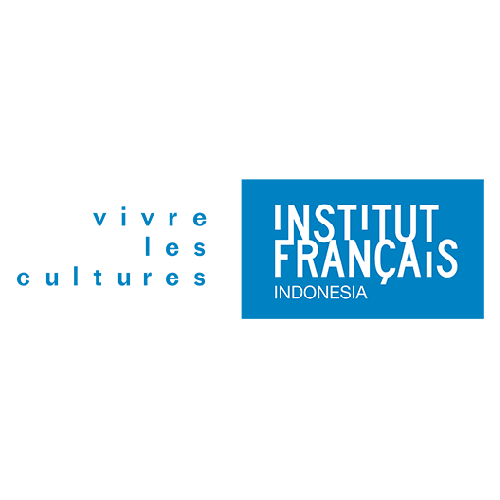Upon his return to Indonesia, designer-in-residency Givan Rangga Mahardika tells about his souvenirs from his creative residency at Esadse during the summer of 2022. This stay in Saint-Etienne enabled him to discover other ways of doing and thinking, but also to put them in practice in the school's workshops by creating his CROSS chair: an experience that changed his approach to design.
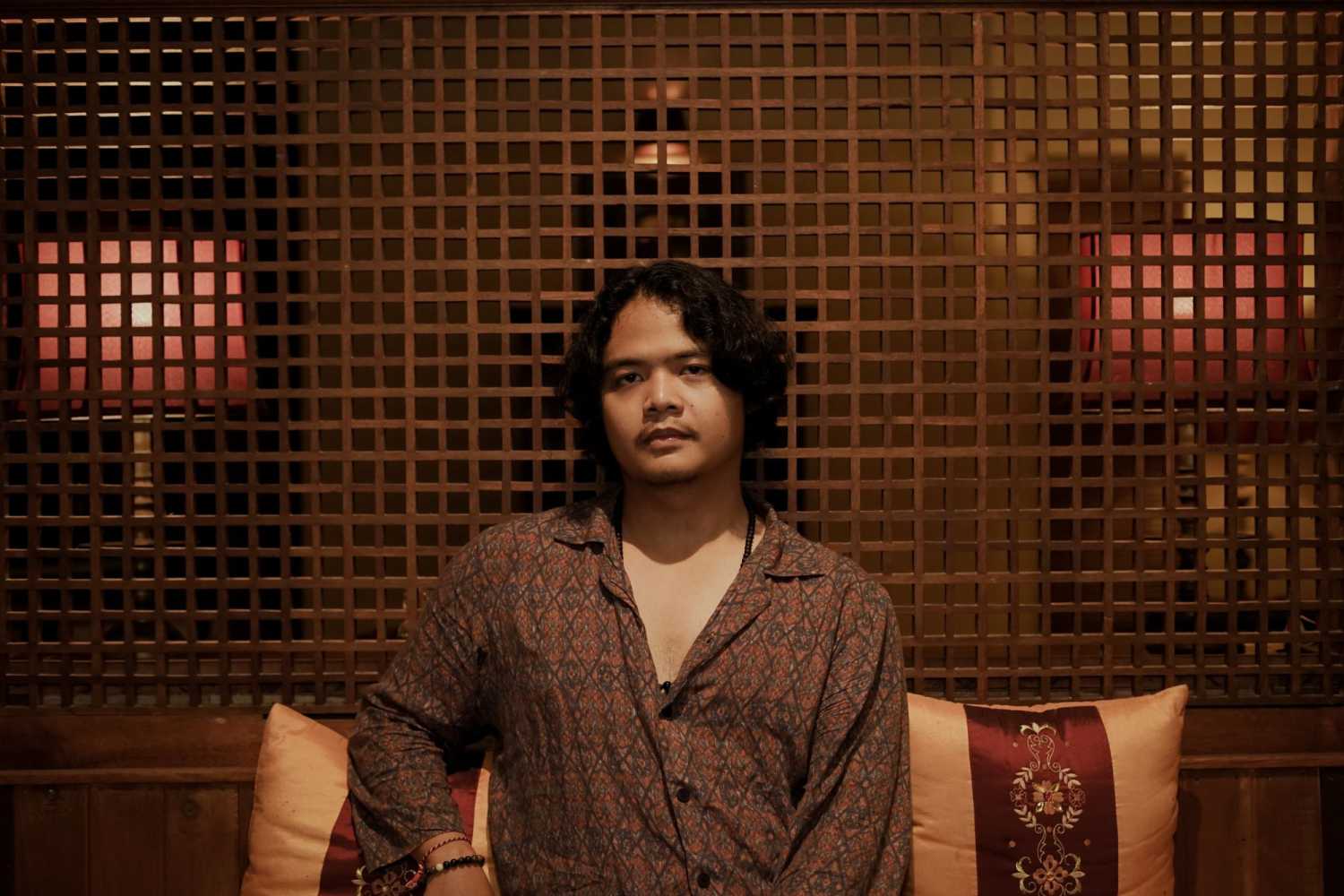
Givan Rangga Mahardika (B. 1997) is a spatial & object designer and founder of Studio Mahardika. He studied at the National Institute of Technology (ITENAS), Bandung, majoring in Interior Design. Through his work, Givan is pursuing the holistic synergy between design and culture.
Why did you apply to come in Saint-Etienne? What were your expectations? What matched? What surprised you here? What was more or less thank you expected and why?
Essentially, I was working on the Bandung Design Biennale in my hometown and I noticed there was a project called "Design Cities" it really piqued my interest because as I said, Europe is sort of like a missing link to my research. To have the opportunity to embark on a design journey and see all of the global events there can be my anchor to develop more. Also, everything is surprising for me there! Some of which I expected, yet brand-new at the same time. From the food, culture, people, architecture, and habits. It feels like I was experiencing first-hand the subjects that I encounter through online and books research.
How your experience in Saint-Etienne influenced you and your work? Do you feel recognition of this experience back in Indonesia?
I feel that my first experience in Europe, especially in St. Etienne is the missing piece of my design research and it further expands the world that I try to delve into. I'm always fascinated by the epoch of eastern and western culture, one's where I was born and raised, and the other's where I explore my sensibilities. Finding the middle ground of both worlds is essentially my purpose for this project.
What kind of project(s) did you do here? How did your project evolve compared to the initial proposal?
The project that I am working on is essentially a collection of artifacts based on the encounters between western in eastern cultures, particularly in the silk road trade era called "ALKISAH: Bazaar of the Orient". Alkisah means story of the past in Indonesian, thus the project relies on the cultural and historical context of the ancient functional artifacts and their values. The first object that I developed there is the CROSS Chair, a foldable chair that is used as a stature of nobility and sacred events from Europe, the Middle East, East Asia, and eventually finds its path to Indonesian Archipelago. The object evolves greatly when I arrived there through its shape, context, and method that I find in literature and archives.
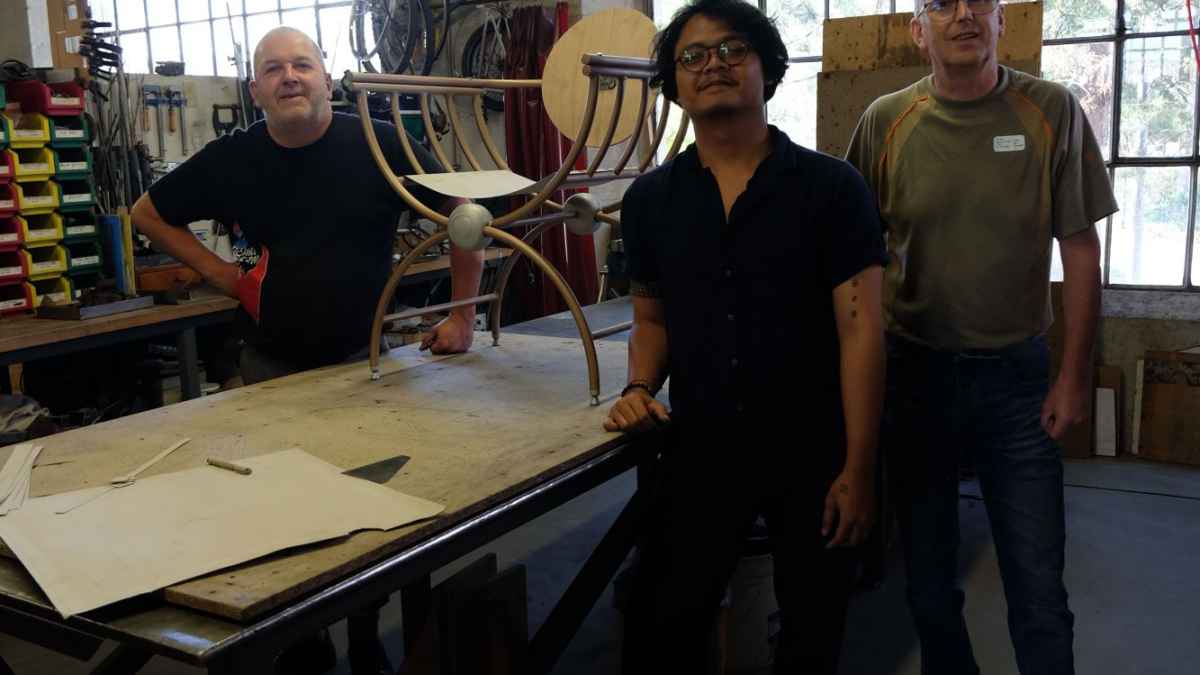
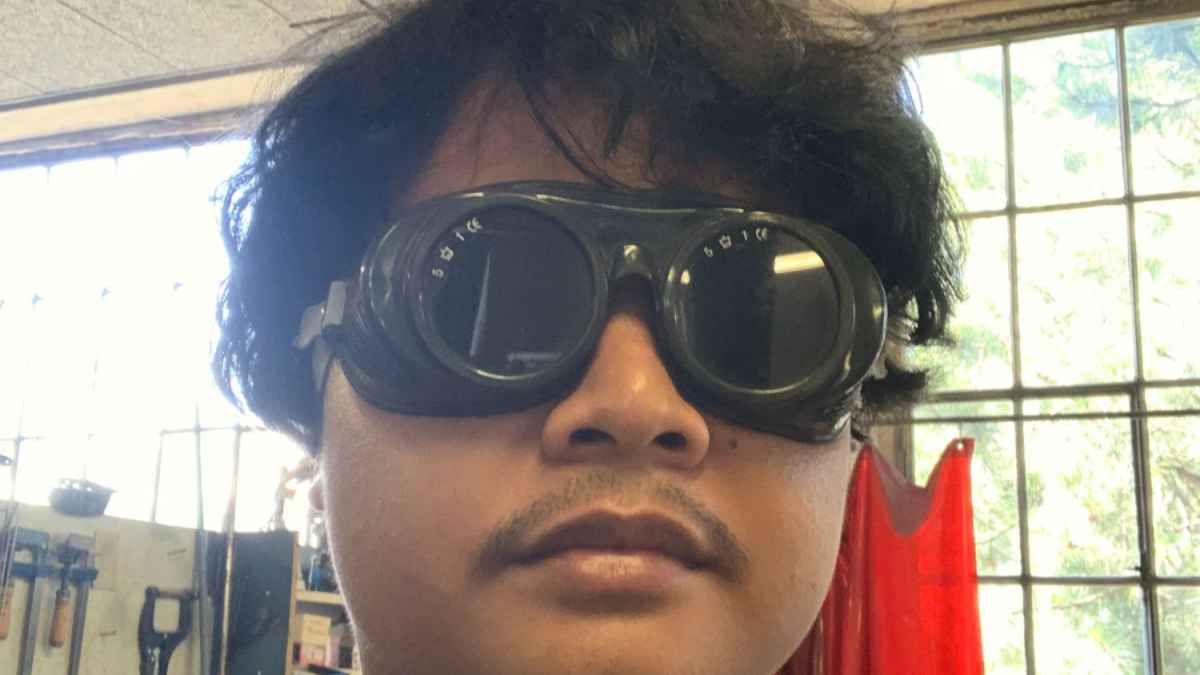
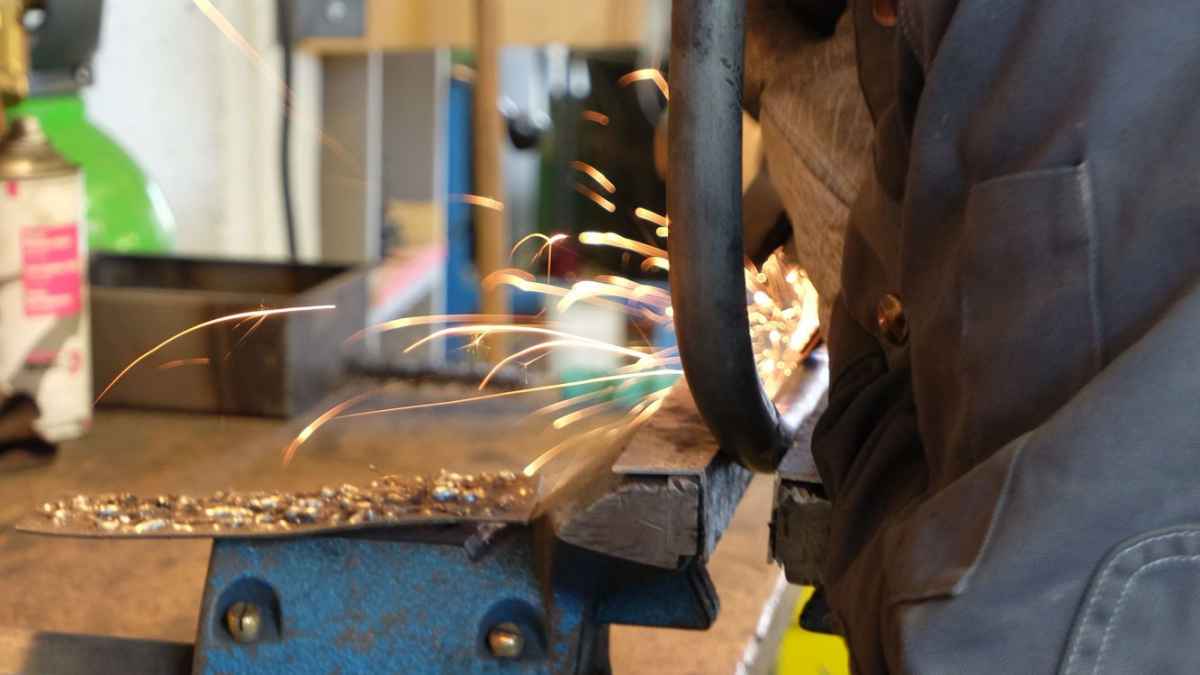
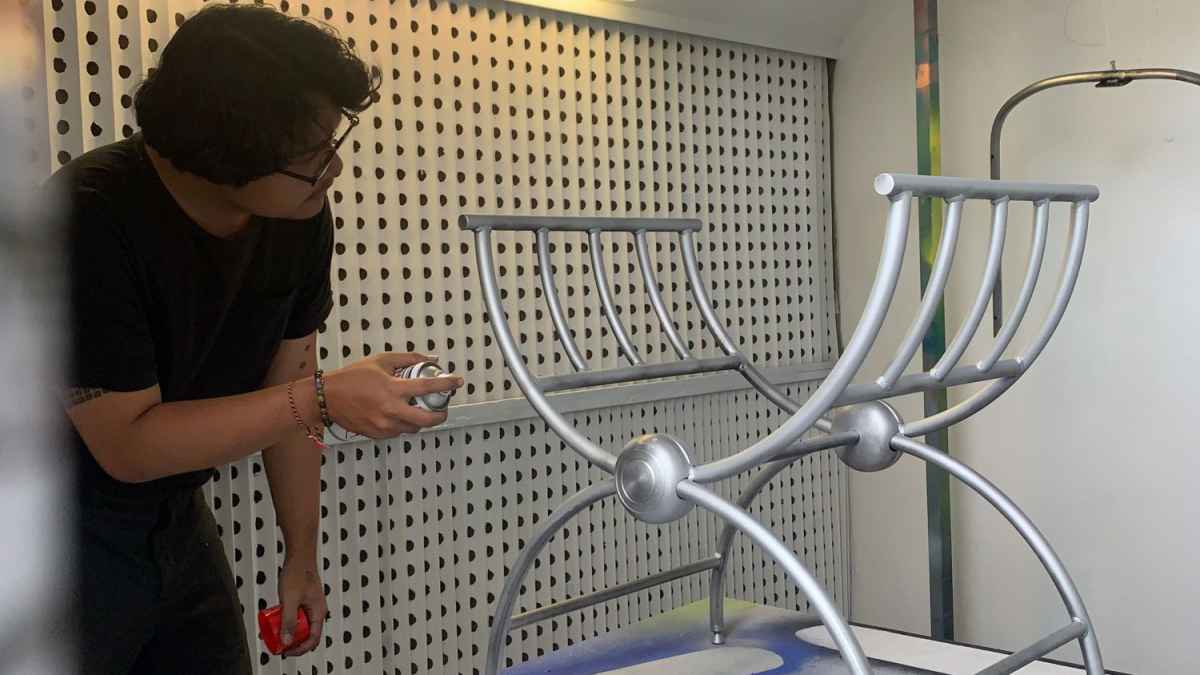
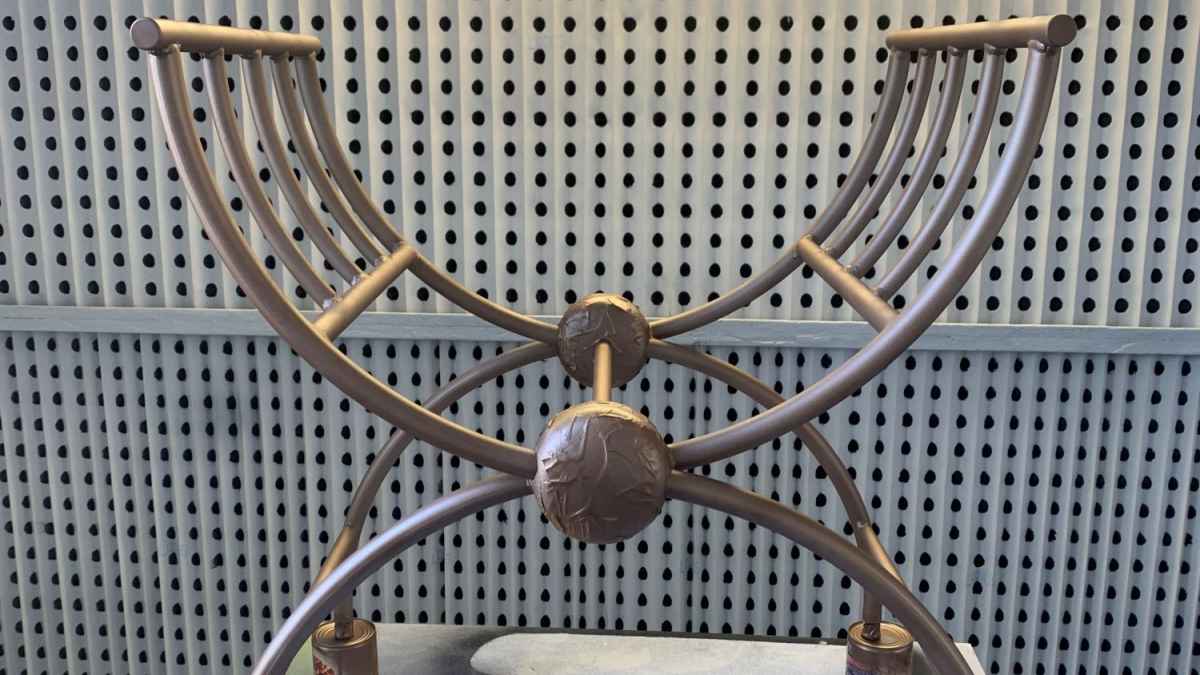
What similarities and differences do you see between Bandung and Saint-Etienne?
I find that there were significant similarities between Bandung and St. Etienne. One of which is that these two cities are the foundation of modern industry in both Indonesia and France that are advancing into a more design-friendly city. A lot of manufacturers and designers work hand in hand, developing new ways of methods and thinking. At the individual level, the people are really open and welcoming in both cities! I think we share the same values when it comes to welcoming foreigners that have the drive to learn!
Since you are back to your own town, how your situation changes compared to before you left?
When I arrived home, everything felt different. Obviously because of atmospheric change, but also my perspective grows larger. Seeing different cultures and works of art got me thinking to the point where I find everything seems connected. The differences and similarities appear blurred, I think that's what I'm hoping for from this residency experience. To find the connections between realities.
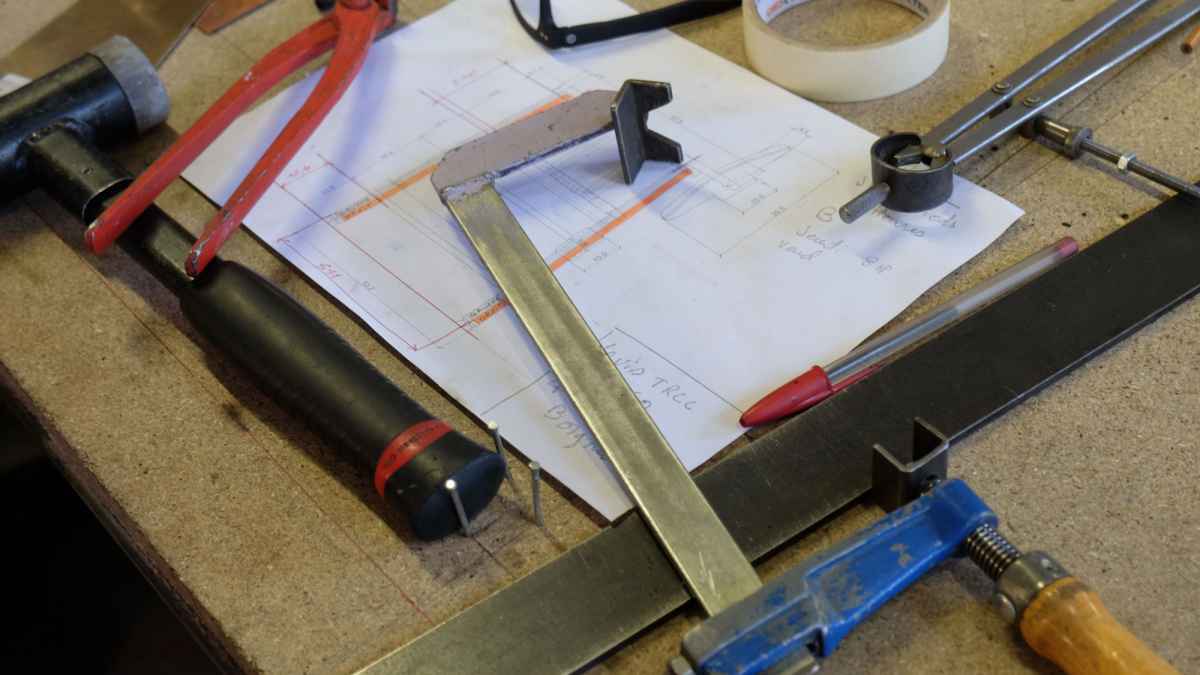
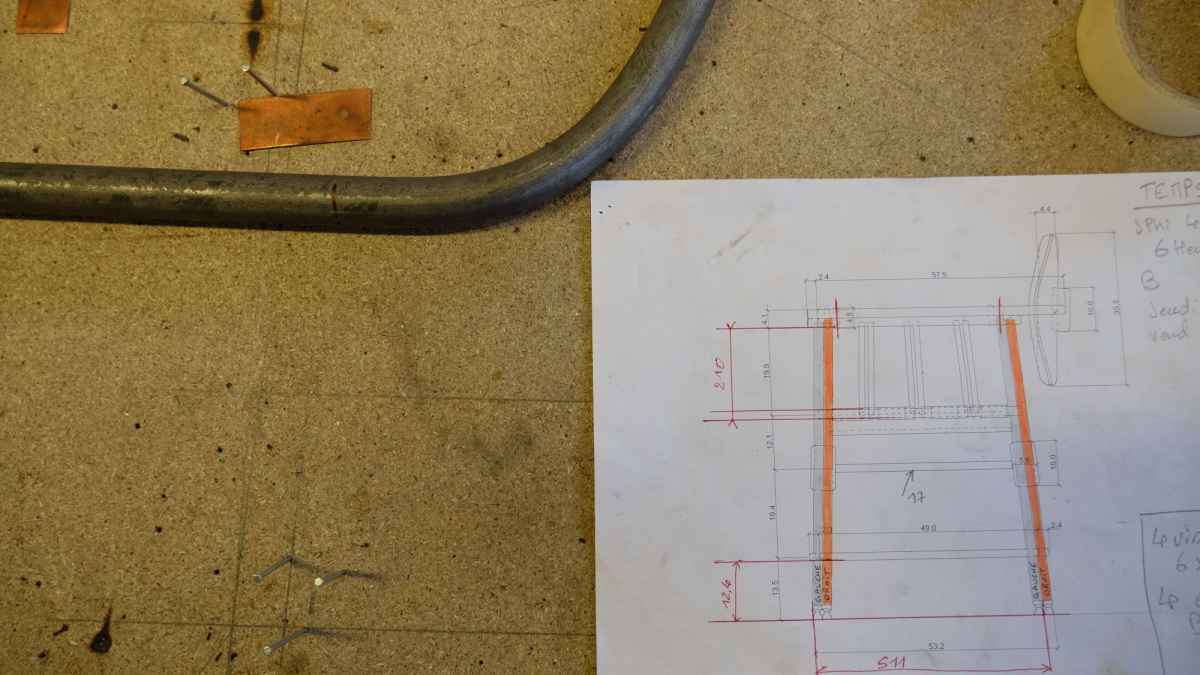
Did you have memorable meetings? Why?
The two meetings that I learned from the most are from the designers from Deep Design Lab, Jean Sebastien Poncet and Simone Fehlinger. They have a very particular sense when it comes to design and research. Learning about what design can do at a governmental and social level is very eye-opening to me. They were both very nice to me and opened to my questions, at the end of the meeting it fills me with curiosities and knowledge to bring research into design works.
What did you discover/learn? Did your vision/definition of design change since then?
I find the particular imaginative and explorative sense of the designers there very interesting, they approach the explorative context through a methodological approach. In a way, a practical, at times, crafty approach to a simple or imaginative context. It shows the seriousness of the designers to particular ideas, and it drives me to have the confidence to do the same to my own works. It doesn't change my view as it enriches the way I view things. I see design as this catalyst to speak and bring awareness to certain things, unexplored ideas, things that we sometimes overlooked.
Would you recommend this experience? To what kind of designer?
I would definitely recommend this experience as it will enrich the sensibilities and points of view of certain designers that have an open head and heart to absorb insight from the micro to the macro things to encounter. I feel like I have an objective or something to gain from this residency program that encourages me to absorb everything and transfer it to the corners of my line of work. So that I embraced and aware of what I do in my short time there.
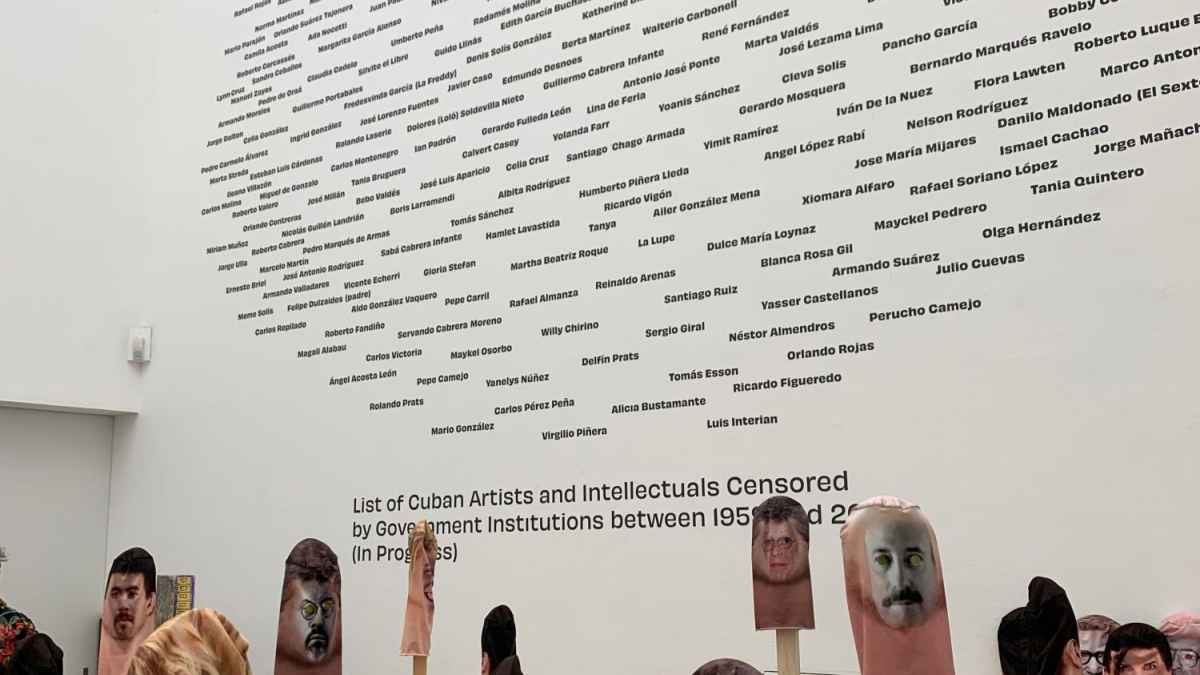
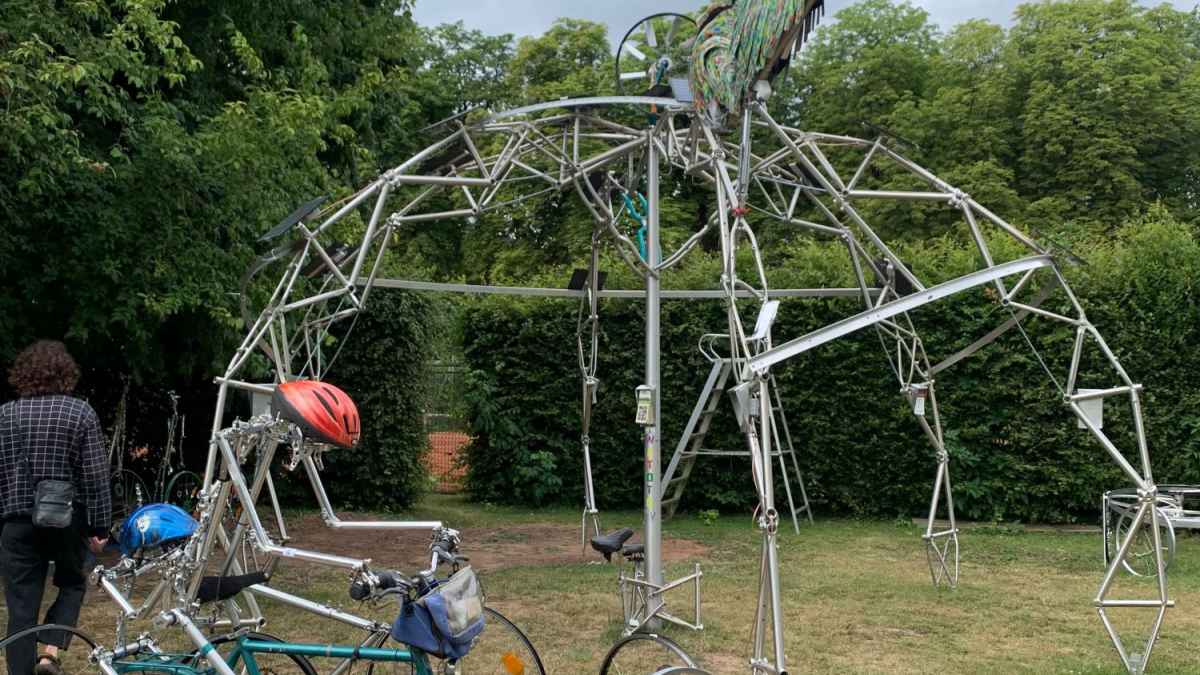
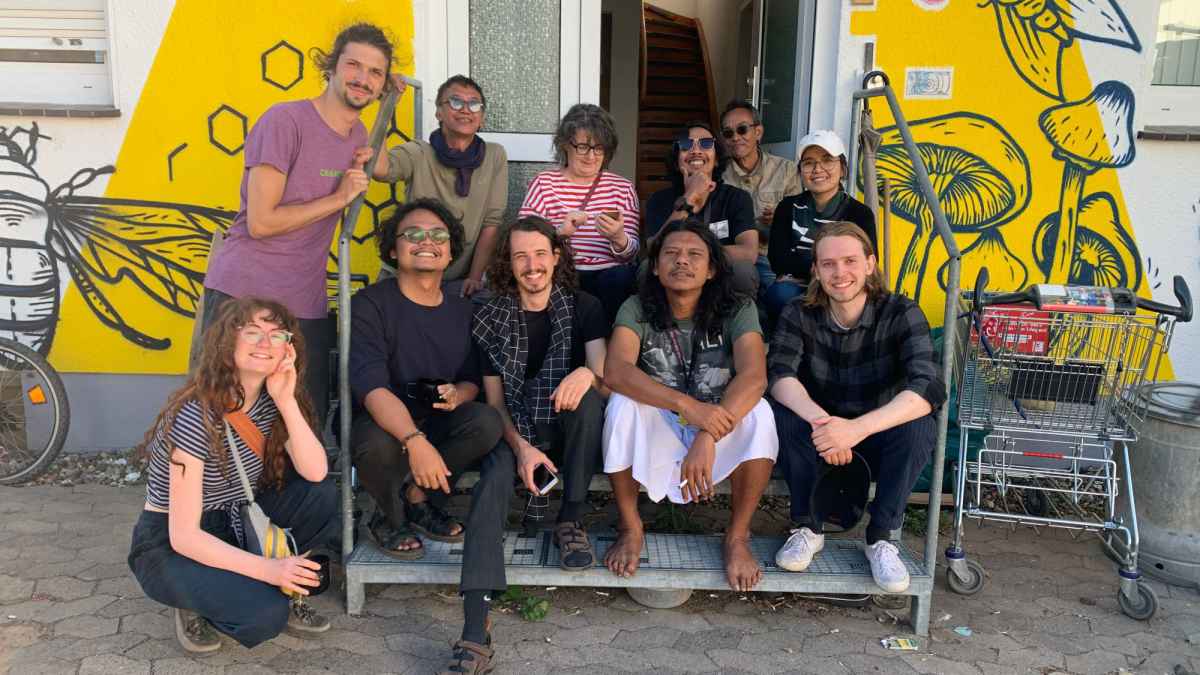
What’s your best memories?
The best time that I have there is when me and my friends have the opportunity to travel around France's cities and the countryside to go to Germany for Documenta Fifteen in Kassel. We were all experiencing new things together and met a lot of people to talk about arts and design in a social and political context. Because there are a lot of Indonesian artworks from collectives and artists, I could explain more stories of Indonesian cultures and histories with my European friends and have a cross-cultural discussion which is nice.
I think the good friends that I make there are the majority of the CyDRe students and colleagues. Because I have the chance to live alongside them at Cite Du Design and they're the ones who introduce me to the city and the interesting events in the summer. We became fast friends through a mutual interest in arts and design, also most of them are the same age as me! It's really interesting for me to see the relationship of the CyDRe that builds up into a kind of community/family/team-like environment and also their caliber for design-related sensibilities.
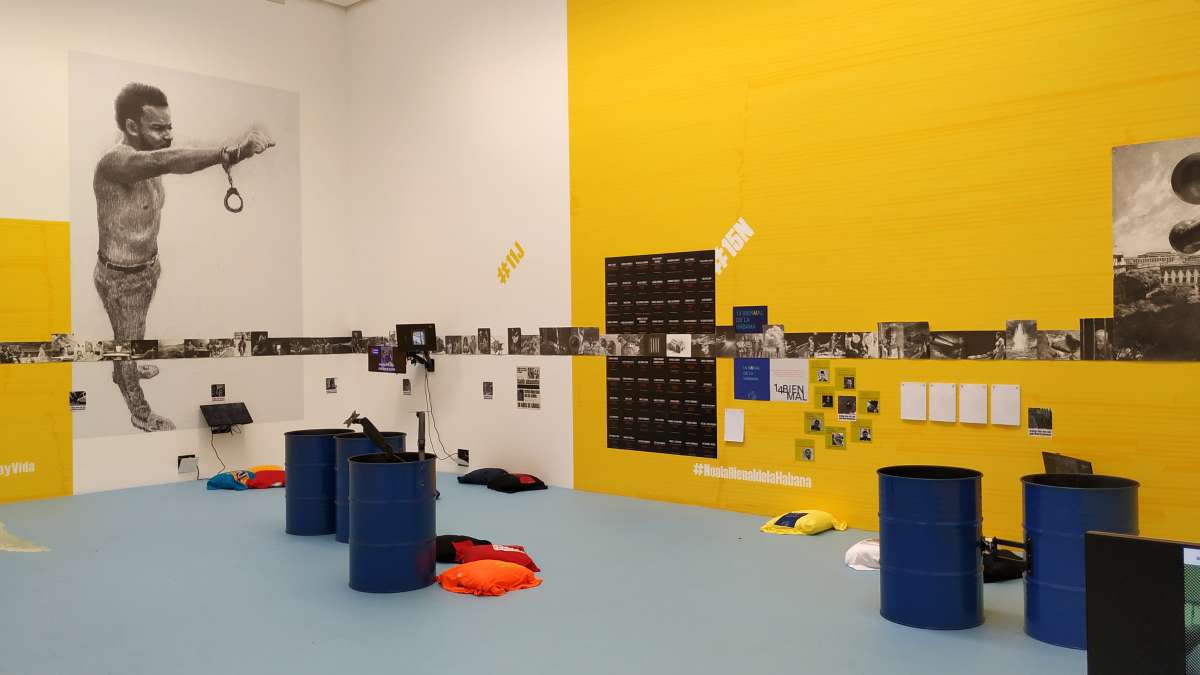
What are your plans for short- and long-term projects andwere they impacted by Saint-Etienne experience?
This experience impacted me deeply to the point of implementing my research and development in my own Studio Mahardika narrative. I intend to further approach object design through storytelling sense from cultural and historical contexts and have the capacity to embrace the experience I got from the residency in the projects that I will encounter. As for the short-term plan, I'll explore more of my residency project and have discussions, and showcase both national and international events to speak more about what design residency can do to the designer and the environment they came from.
Bandung Saint-Étienne Design Cities
In 2021-2022, Institut Français of Indonesia and the Cité du design-Esadse in Saint-Etienne launched a joint Design Residency Programme Saint-Etienne Bandung Design Cities. The idea was to organize a residency in Bandung and West Java for a French designer and a residency in Saint-Etienne for a designer from Bandung, putting thus design in the center of French-Indonesian cooperation. Two UNESCO Creative Cities of Design, Saint-Etienne and Bandung offer perfect conditions for this Programme. Both residencies were planned to happen during major international events: XII Biennale Internationale Design Saint-Etienne, and Bandung Design Biennale.
The 2-month residencies were designed to allow time for discovery, research and creation of sustainable design projects using traditional and modern techniques and materials. Of course, these were also perfect opportunities to explore local context and open up to the design actors in the hosting countries.
To know more about the programme, its rules and its selection process:
https://www.citedudesign.com/fr/a/bandung-saint-etienne-design-cities-1765https://www.citedudesign.com/fr/a/bandung-saint-etienne-design-cities-2022-2111
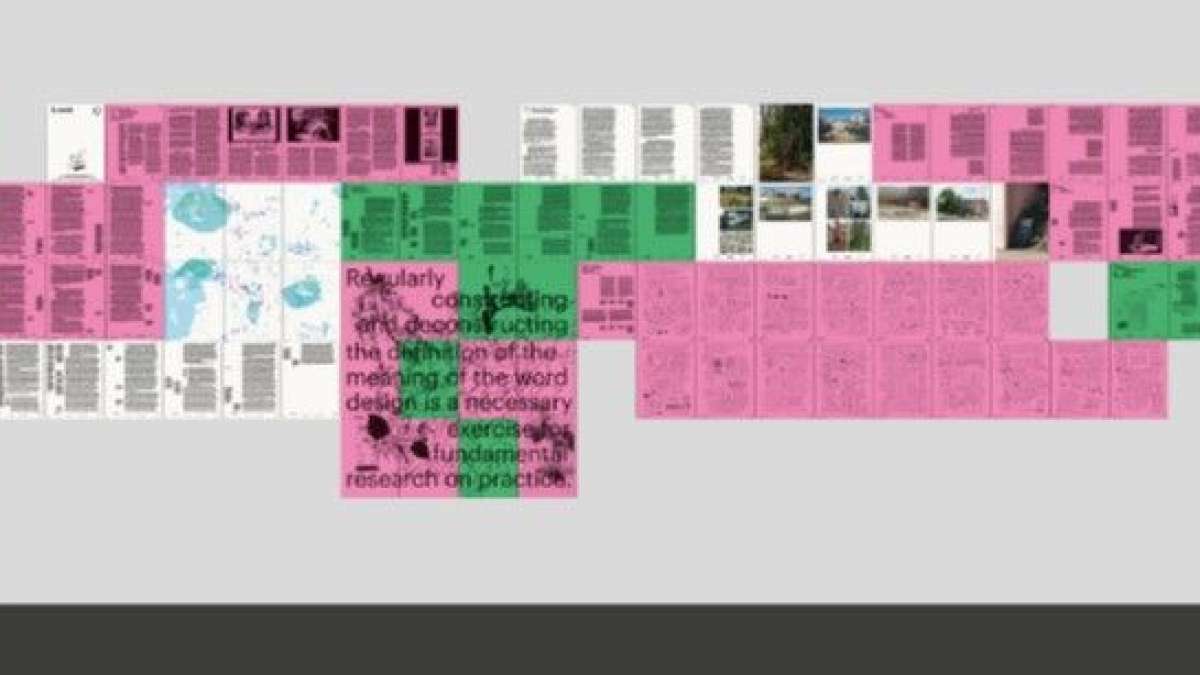
Avec le soutien de l’Institut Français en Indonésie.
Exposition et colloque
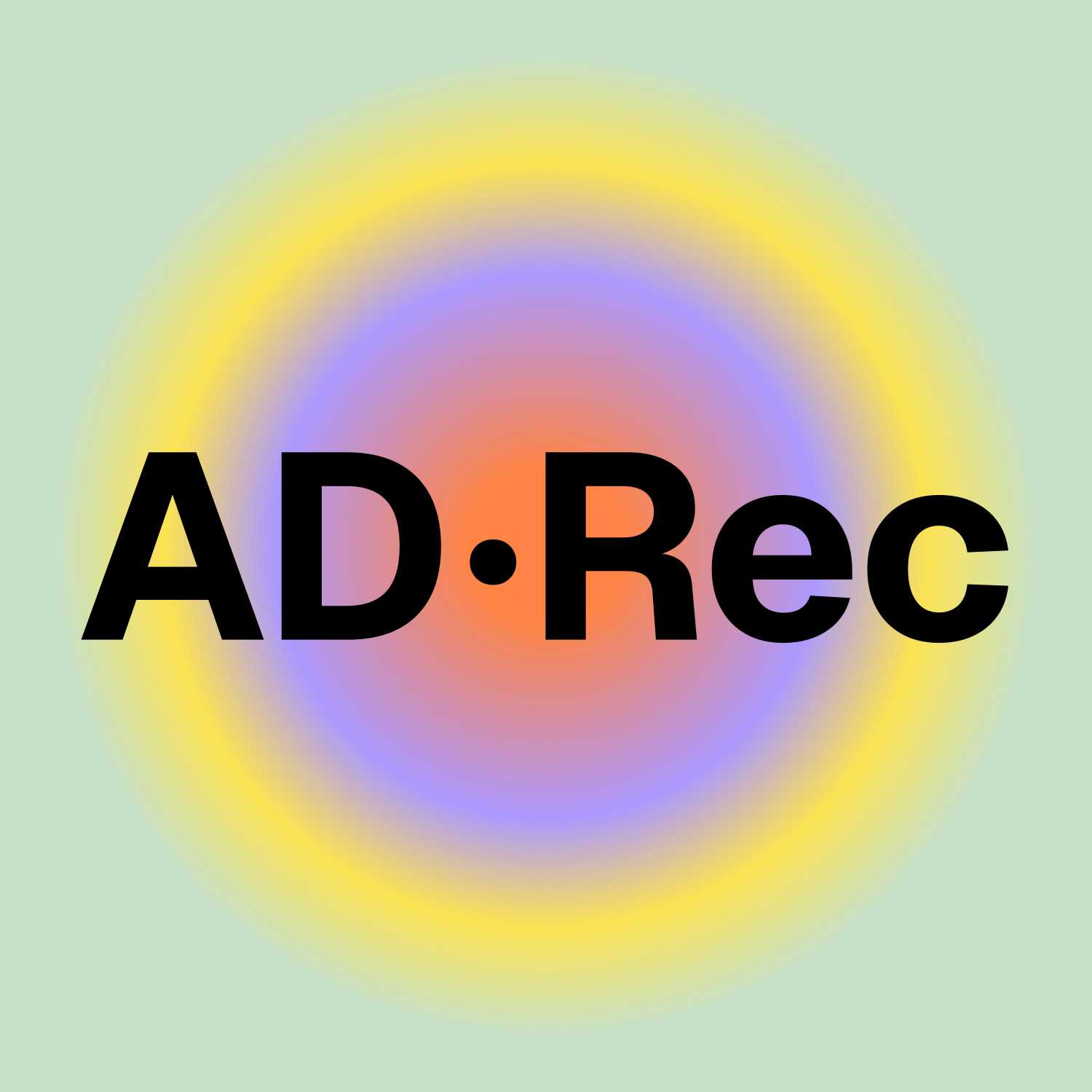
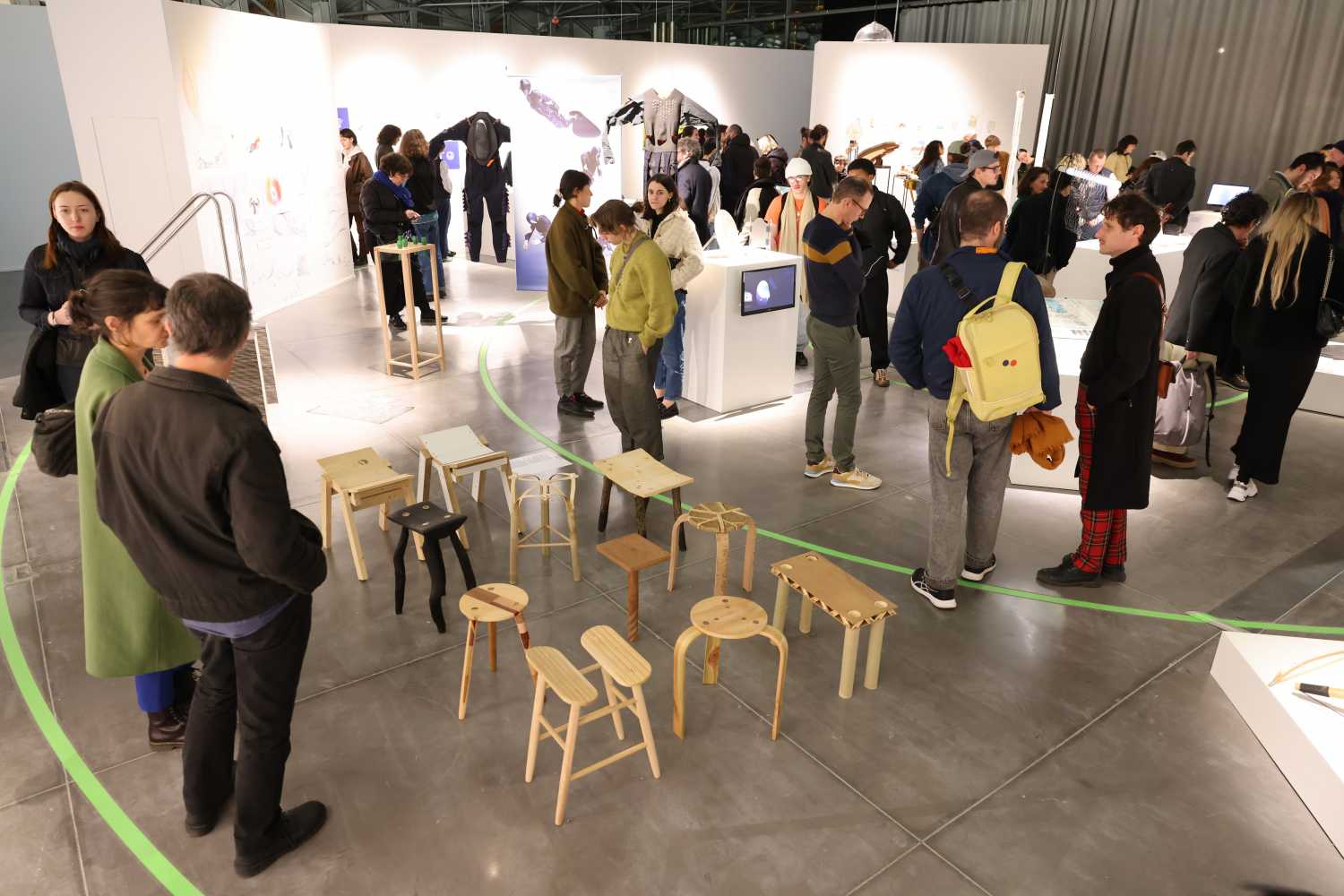
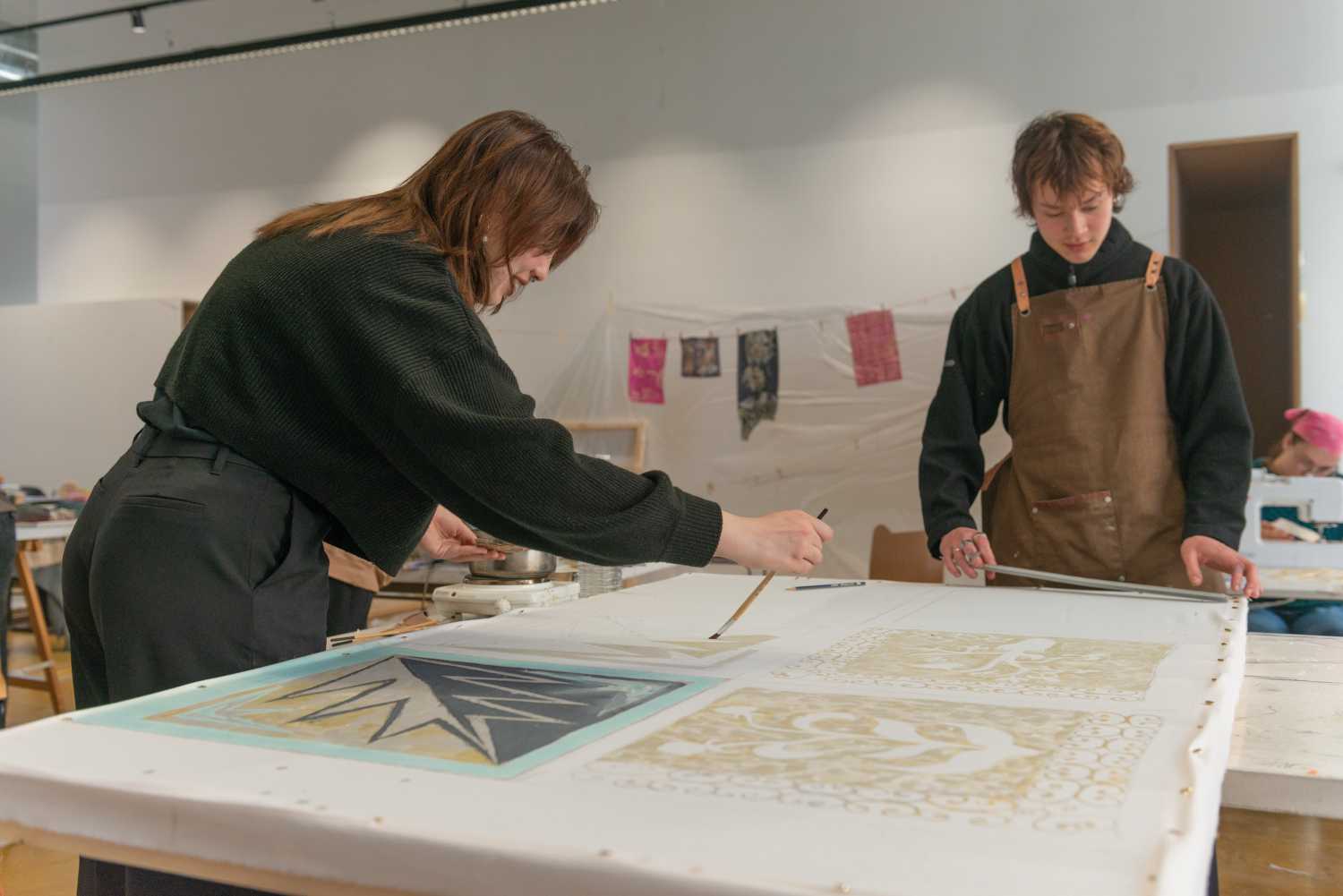
Composite
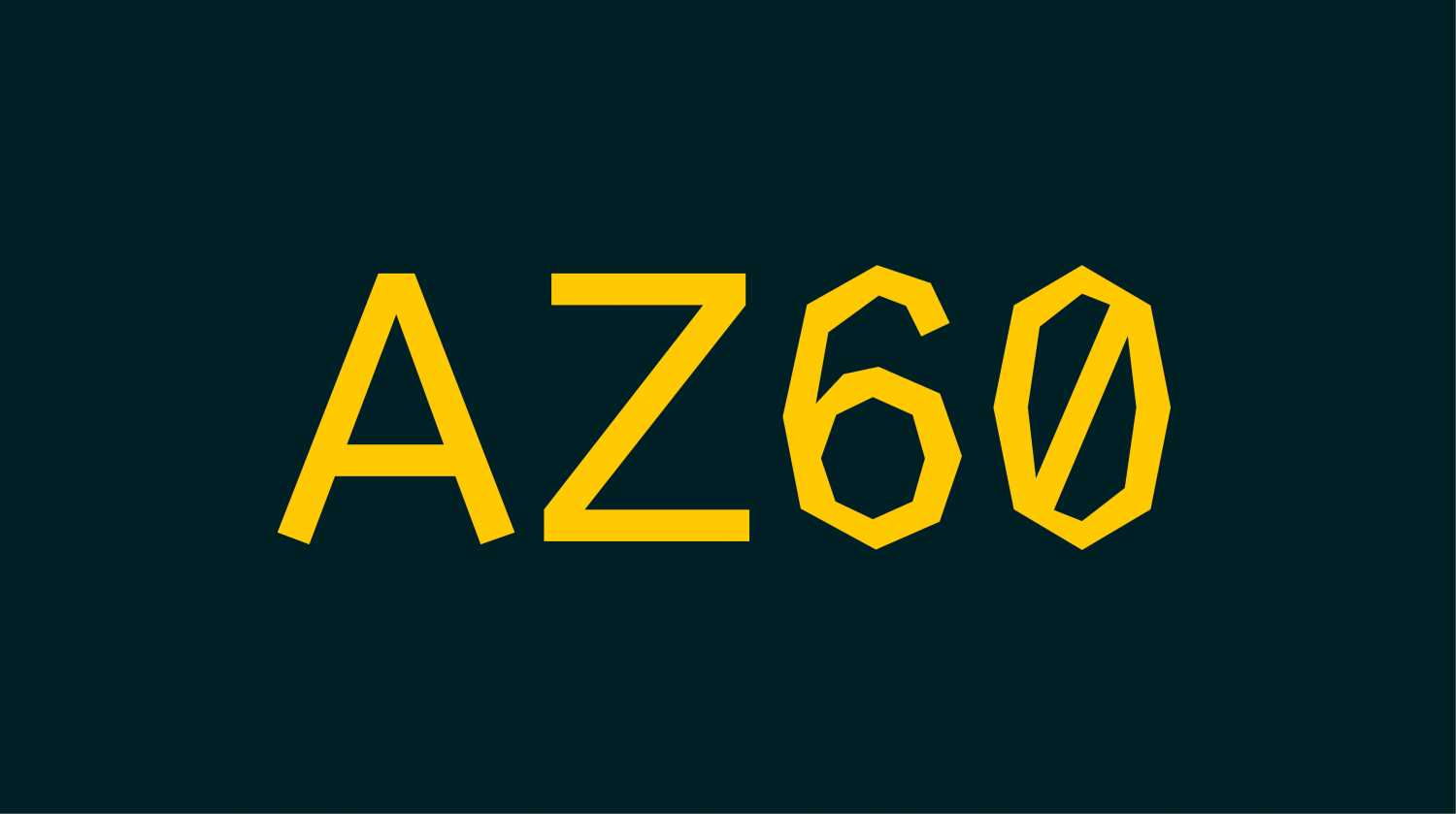
Votre navigateur est obsolète, l’affichage des contenus n’est pas garanti.
Veuillez effectuer une mise à jour.
